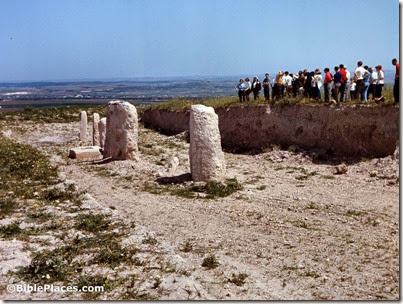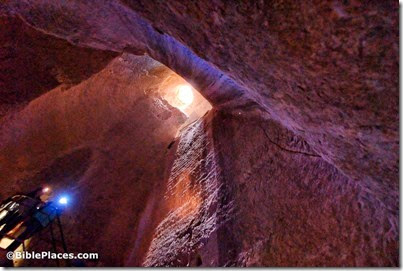SourceFlix has posted a video taken by drone of the Old City and Temple Mount of Jerusalem.
Excavators at Jezreel discovered an amethyst scarab that likely came from Jezebel’s homeland.
Amnon Rosenfeld died in a car accident in Israel last week. Earlier this month he wrote “The Antiquities Game – Behind the Trial of the Century.” The article is long but has a number of valuable insights.
With Gaza in the news again, Ferrell Jenkins discusses its biblical significance.
The excavators at Gath had a very interesting day on Thursday.
Abram K-J has found a free digital Greek edition of Eusebius’s Onomasticon.
Rik Wadge and Steve Shermett host a series on biblical archaeology entitled Rocks, Shovels, and
Manuscripts on God’s Learning Channel. The most recent episodes focus on the seven churches of Revelation.
Caves in Israel—Manmade and God-made: Wayne Stiles explains and illustrates. He also offers a free download of a book he recently wrote for the Israel Ministry of Tourism, 100 Off-The-Beaten-Path Sites.




